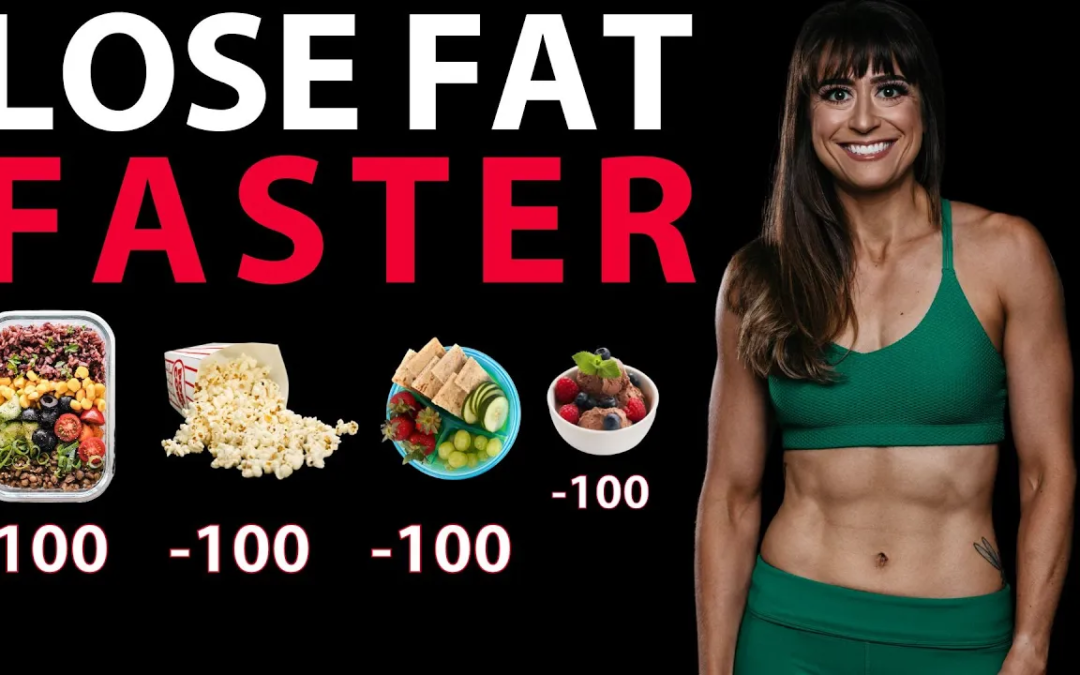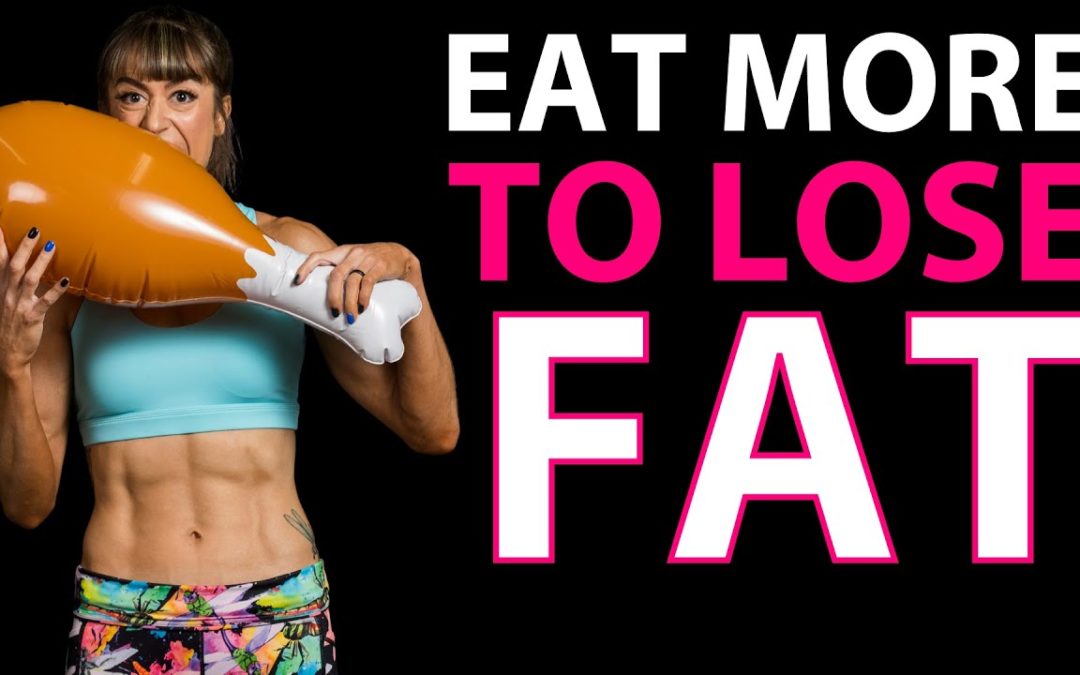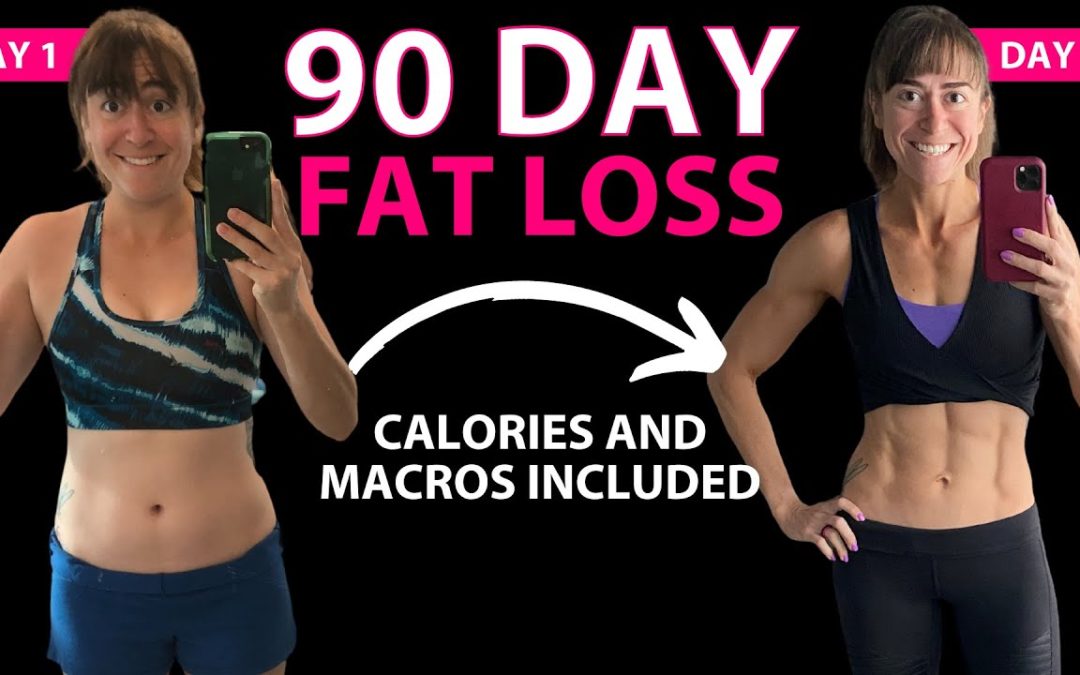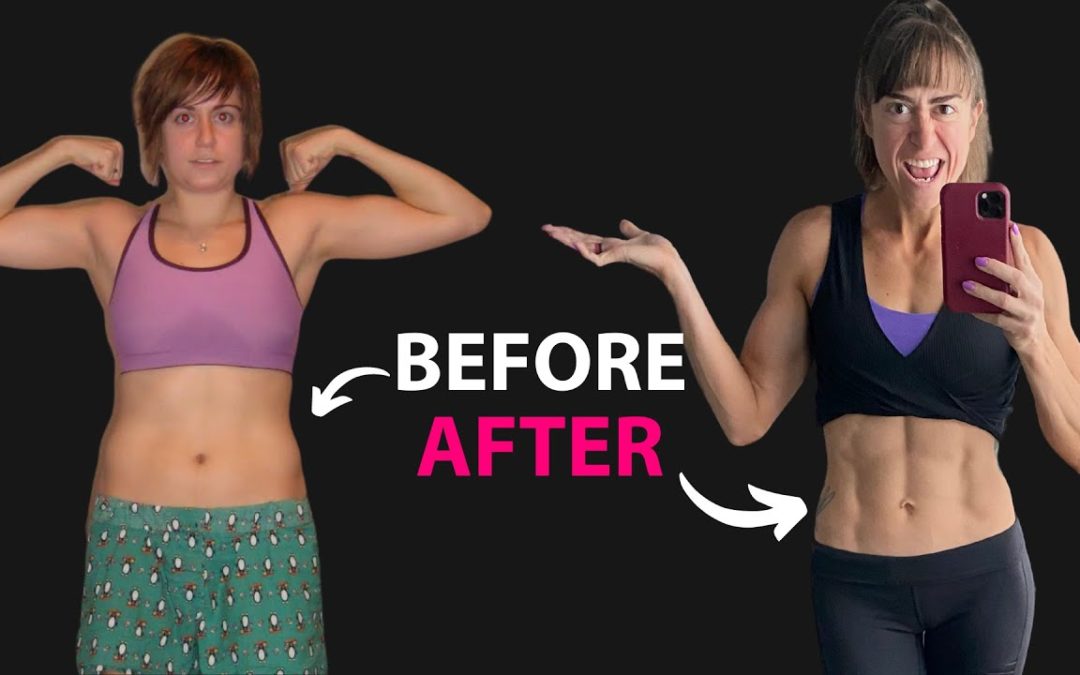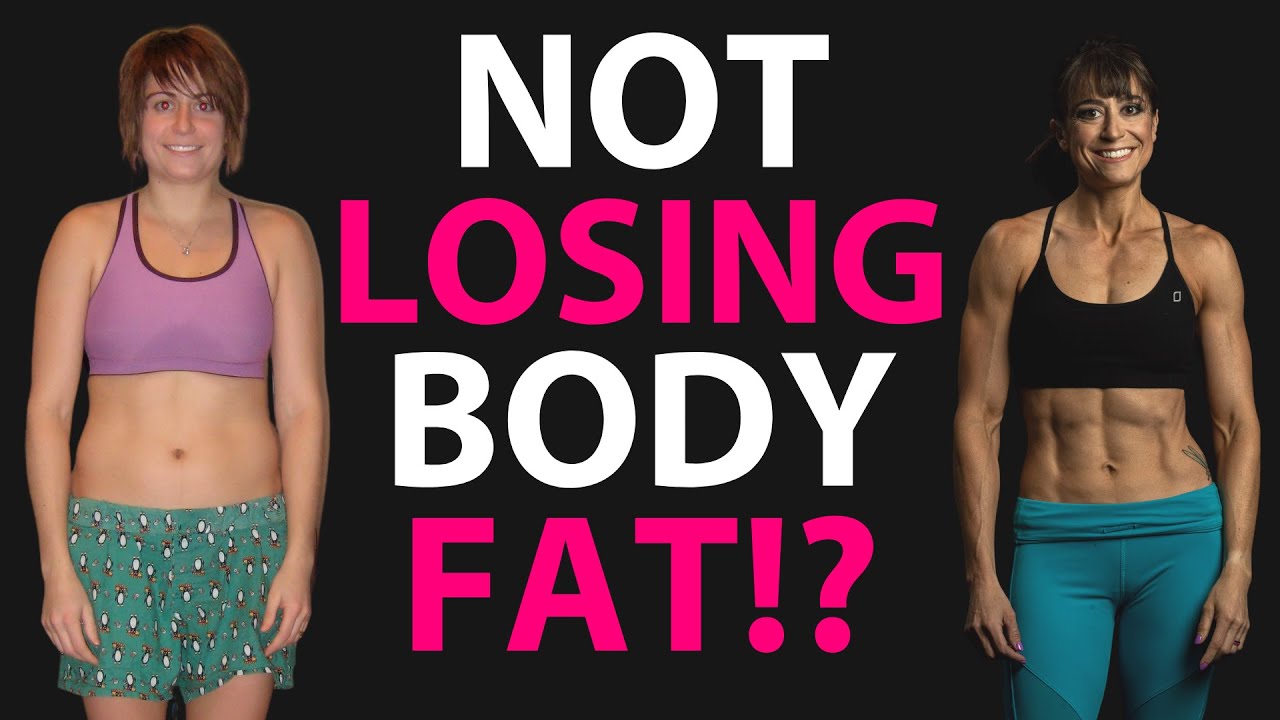
by Cori Lefkowith | Feb 20, 2023 | Blog, Diet
You want to cut your calories a bit to lose some weight… But you’re sick of feeling miserable and like you’re constantly giving up the foods you love to see results. In this video I’m going to show you 10 ways to easily cut 100 calories or more from your diet without...

by Cori Lefkowith | Apr 24, 2022 | Blog, Diet, fat loss-featured
I know we’ve always heard calories in vs calories out is all that matters. And that you need to eat less and create that calorie deficit if you want to lose weight. However, more is not better when it comes to a deficit, and trying to eat less and create a bigger...

by Cori Lefkowith | Mar 27, 2022 | Blog, Diet
I’d always wanted defined abs. I would diet. Be super restrictive. Lose weight. Get skinny. And ultimately rebound. I came to the conclusion I just would never truly get definition. I had muscle, but just felt abs were never going to be possible for me. That’s when I...

by Cori Lefkowith | Sep 20, 2021 | Blog, Diet
The simplest solution is often the right one. Now note, simple doesn’t mean easy because change requires change. And anything we haven’t currently been doing is going to feel weird and awkward and uncomfortable. It’s going to be “hard” to some extent. Often there is...

by Cori Lefkowith | May 21, 2021 | Blog, Diet, Exercises
Trying to lose weight as quickly as possible on the scale is a completely different focus than fat loss. And often the faster we strive to see weight loss, the more we really don’t control for fat loss nor optimize our body recomposition. Actually the more we can...
